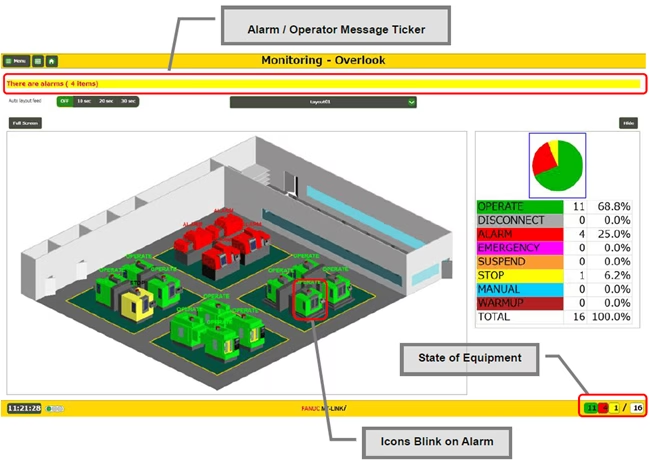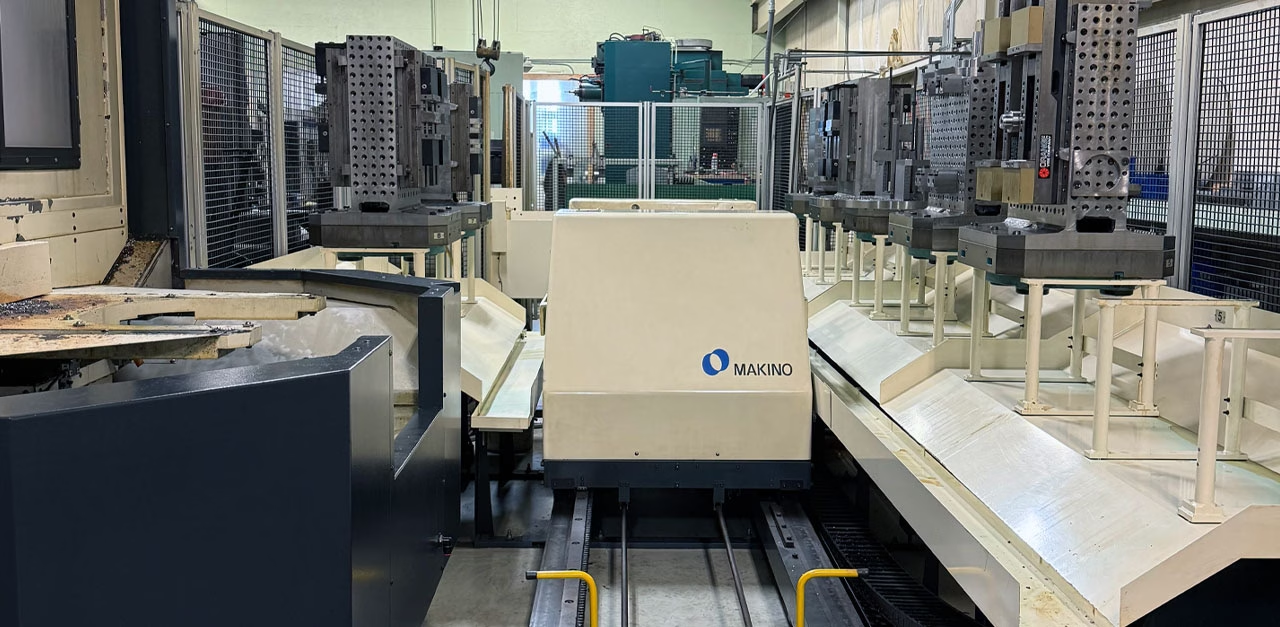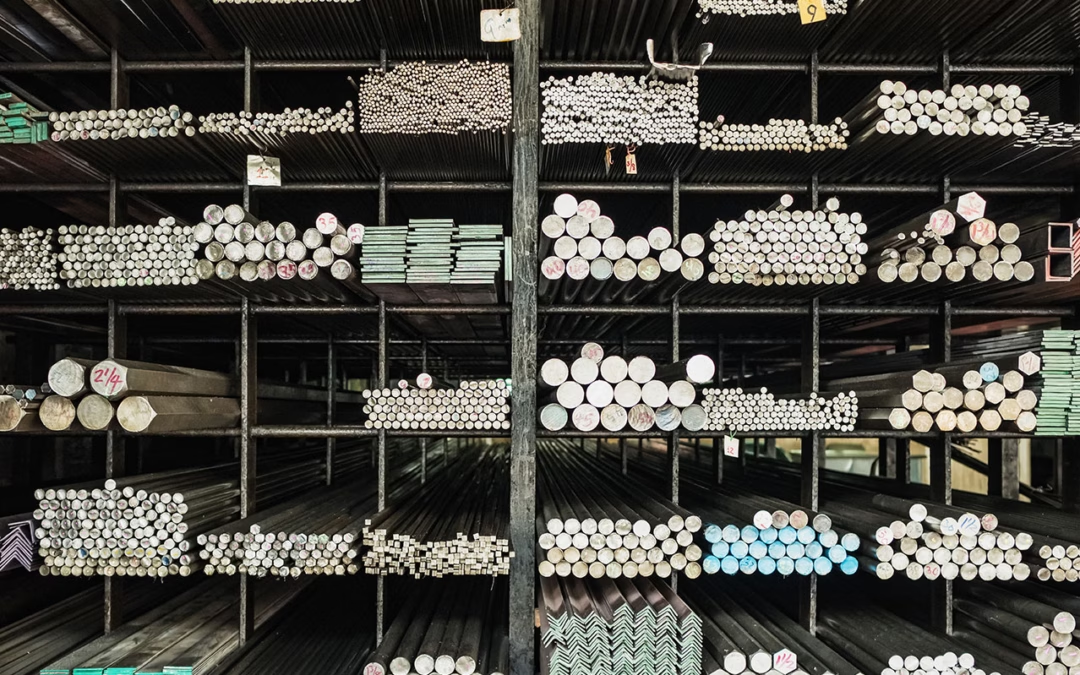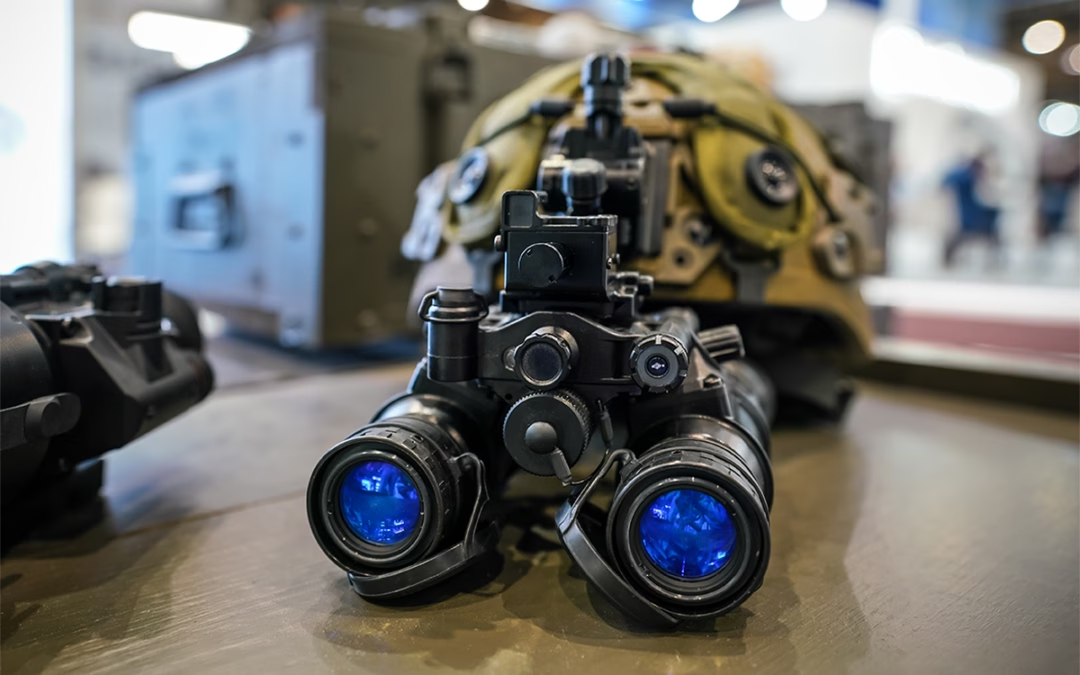Industrial automation has revolutionized manufacturing, enabling faster production, higher efficiency, and unparalleled precision. At the core of this transformation is CNC machining, which plays a vital role in streamlining automated processes, enhancing product quality, and reducing operational costs. As industries continue to embrace smart manufacturing, the synergy between CNC machining and automation is shaping the future of modern production.
1. Precision and Consistency in Automated Manufacturing
One of the most significant contributions of CNC machining to industrial automation is its ability to deliver high precision and repeatability. Unlike manual machining, CNC technology ensures that every part meets exact specifications, minimizing human error and ensuring uniformity across production batches. Whether producing intricate aerospace components or high-volume automotive parts, computer-controlled machining guarantees accuracy down to tolerances as tight as +/–0.0005”.
2. Increased Production Speed and Efficiency
CNC machines are designed to operate continuously with minimal downtime, drastically improving production efficiency. By integrating CNC machining with robotic automation, manufacturers can optimize workflow, reduce lead times, and meet high production demands without sacrificing quality. Multi-axis CNC machines further enhance efficiency by performing complex cuts and operations in a single setup, reducing the need for multiple machining steps.
3. Enhanced Flexibility and Scalability
In today’s competitive manufacturing landscape, adaptability is key. CNC machining allows for quick reprogramming and adjustments, making it ideal for both prototyping and large-scale production. With automated CNC systems, manufacturers can efficiently switch between different product designs, catering to custom manufacturing needs while maintaining efficiency and precision.
4. Cost Savings and Reduced Waste
By integrating CNC machining with automated material handling systems, manufacturers can significantly reduce material waste and operational costs. Advanced CAM software optimizes tool paths and cutting strategies to maximize material usage while minimizing scrap. Additionally, automated real-time monitoring helps detect errors early in the process, preventing costly rework and ensuring high-quality output.


Image taken from the FANUC America website: www.fanucamerica.com
5. Integration with Industry 4.0 and Smart Manufacturing
The future of manufacturing lies in Industry 4.0, where CNC machining integrates seamlessly with IoT (Internet of Things) and AI-driven automation. Smart factories utilize real-time data analytics to monitor machine performance, predict maintenance needs, and optimize production schedules. This level of connectivity enhances efficiency, reduces downtime, and ensures continuous improvement in machining processes.
Conclusion: The Future of CNC Machining in Automation
The role of CNC machining in industrial automation continues to expand, driving innovation and efficiency across industries. As technology advances, VertX Manufacturing remains committed to leveraging the latest in CNC automation to deliver superior precision, speed, and reliability for our customers.
Looking for a machining partner that embraces the future of automation? Contact us today to see how our advanced CNC capabilities can elevate your manufacturing processes!




